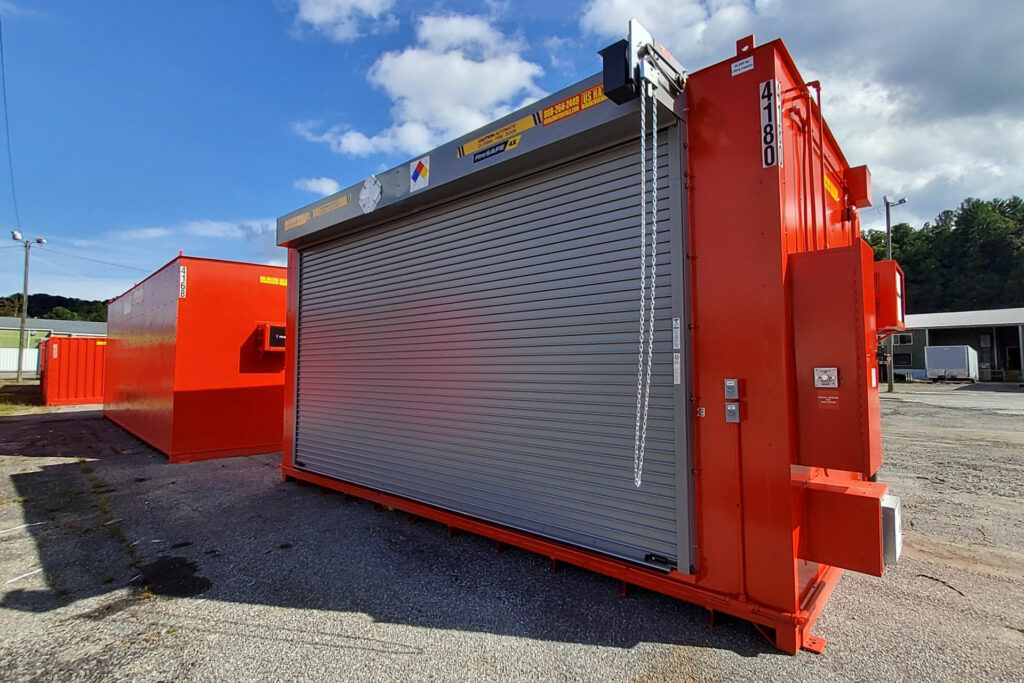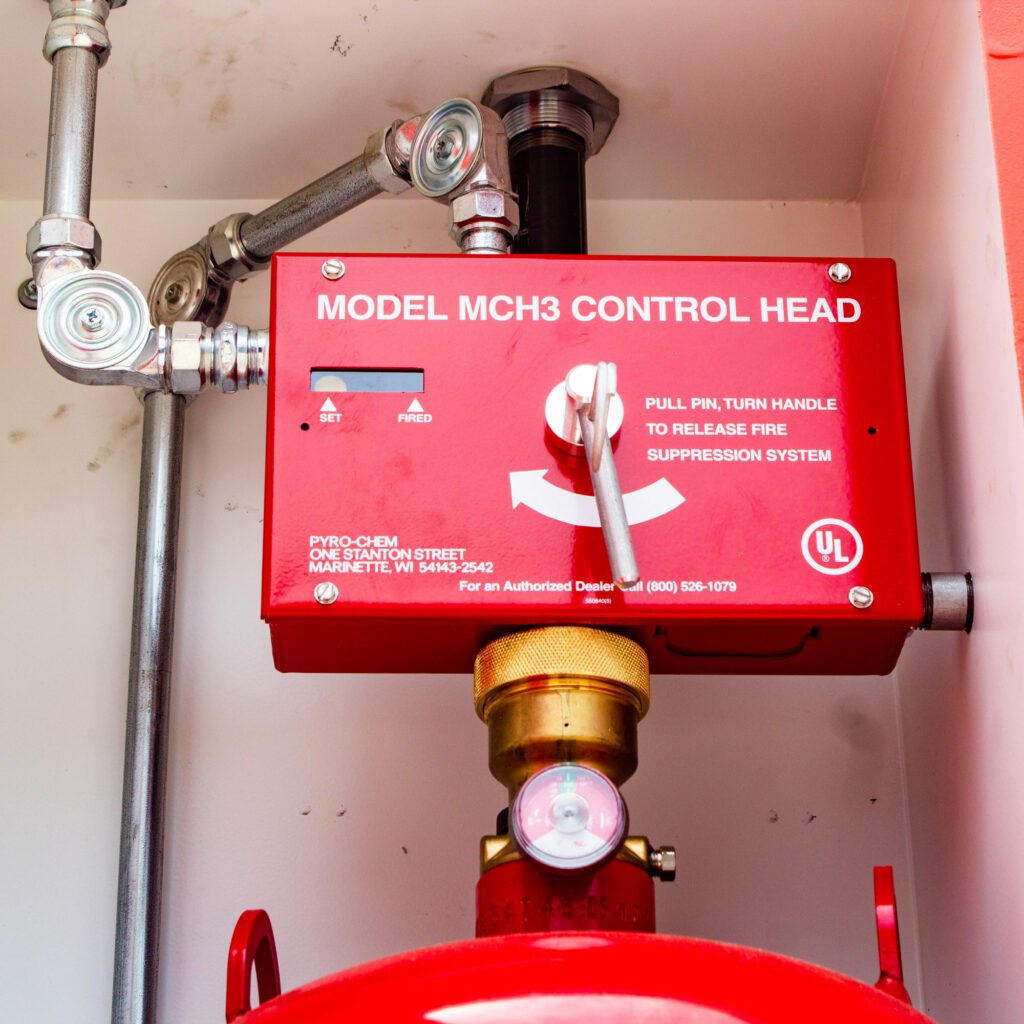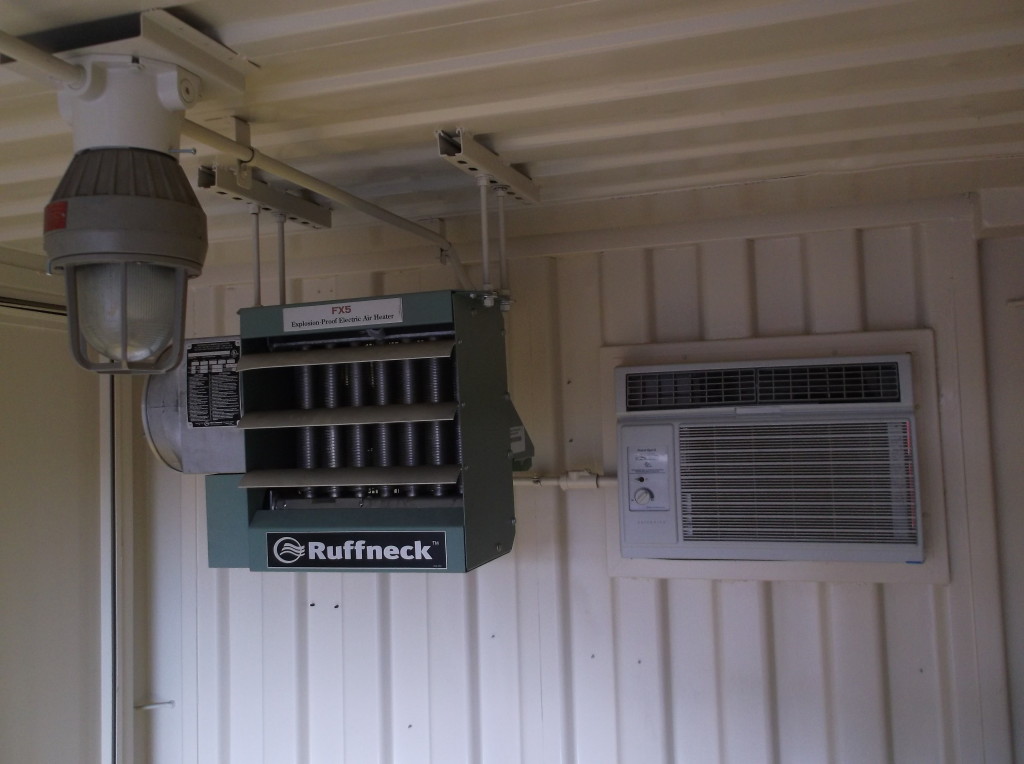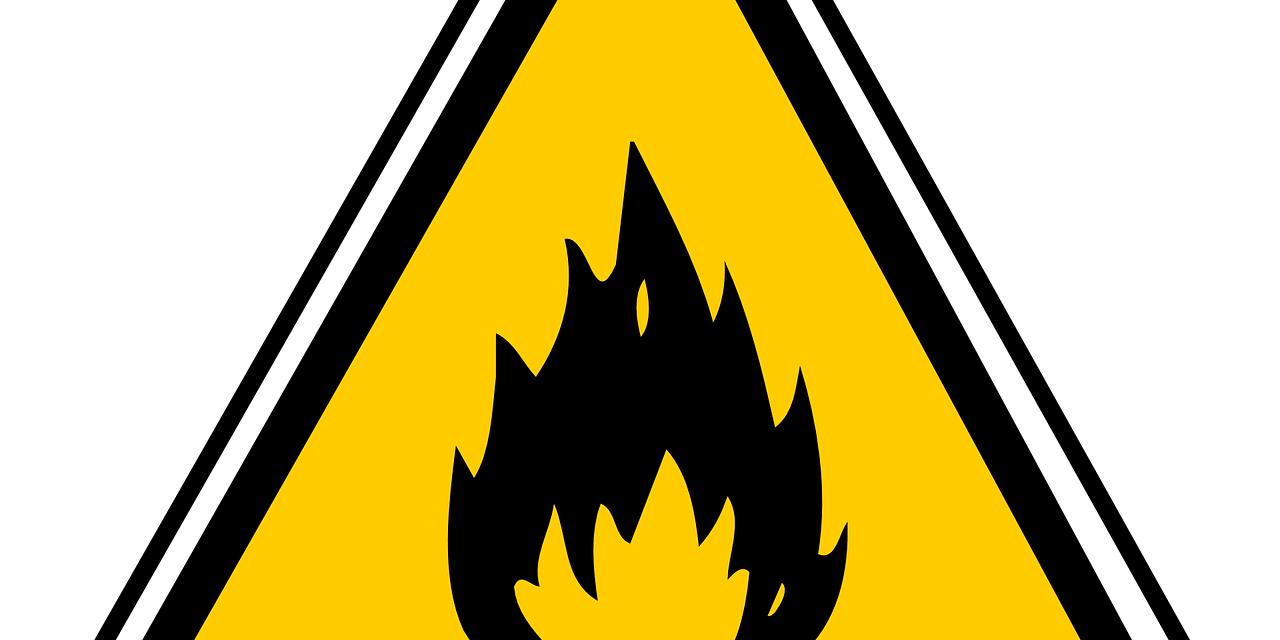The National Fire Protection Association is the nation’s leading advocate for workplace safety. While the association cannot directly enforce compliance with its recommendations, it is the industry standard for chemical storage guidelines. As of 2023, the NFPA published 300 codes and standards to minimize workplace accidents, fire, and injuries. The influence of this citizen task force is palpable. OSHA frequently cites NFPA standards in federal regulations for chemical storage. Countless companies also claim NFPA compliance in their advertising for applicable products. NFPA 497 concerns the Recommended Practice for Classification Flammable Liquids, Gases, or Vapors and Hazardous Locations for Electrical Installations in Chemical Process Areas. Our chemical storage lockers help ensure NFPA 497 compliance.
NFPA 497 and Chemical Storage

NFPA 497 specifically addresses proper electrical equipment selection in hazardous locations. Following NFPA 497 chemical classification assists in selecting and utilizing safe electrical equipment in hazardous areas. NFPA 497 defines a hazardous area as any location where the surrounding atmosphere contains sufficient quantities of flammable hazardous materials, gases, and vapors that could lead to flashover events. Understanding NFPA 497 helps project managers determine which areas of operation meet the definition of a hazardous area, thus increasing operational awareness and intra-agency cooperation in selecting the proper electrical equipment. Always consult NFPA 497 when selecting electrical equipment in specific hazardous areas within your operations.
What is Hazard Classification?
Most of NFPA’s regulations and guidelines aim to mitigate fire risks by educating the public on the physical properties, dangers, and classification of flammable materials. Hazard classification defines the type of hazard, its propensity for concentrated flammability, and the auto-ignition temperature. Material classification raises awareness and guides suitable chemical storage. Hazardous chemicals are affixed group numberings and lettering based on the risk of conflagration or explosion of the referenced chemical. For example, ethanol carries multiple Category 2 designations due to its flammability and propensity to cause eye irritation, reproductive harm, and carcinogenic mutations. Moreover, hazard groupings guide users to suitable equipment and storage options for each specific chemical classification. Material Safety Data Sheets also provide individualized storage directions for all relevant chemicals.


NFPA 497 is also helpful in determining auto-ignition temperatures of flammable liquids. Many chemicals have a low flash point. A flash point is the minimal temperature at which a chemical compound gives off enough vapor to ignite the air. The chemical class lists its state of matter (i.e. liquid, solid or gas) while Division defines potential atmosphere transformations under abnormal conditions. Altogether, the class, division, and groups define the chemical’s flash point. U.S. Hazmat Rentals can provide climate controlled protection for small and large chemical stockpiles. Solid welds and heavy metal sheeting create a chemical storage fortress, ready for any workflow and setting. Optional mechanical ventilation and climate-control can reduce flashover events by reducing internal vapor accumulation while maintaining recommended storage temperatures. Our dry chemical fire suppression system adds a final level of flammable liquid protection.






